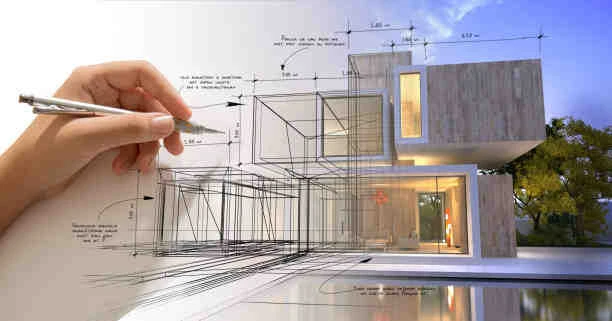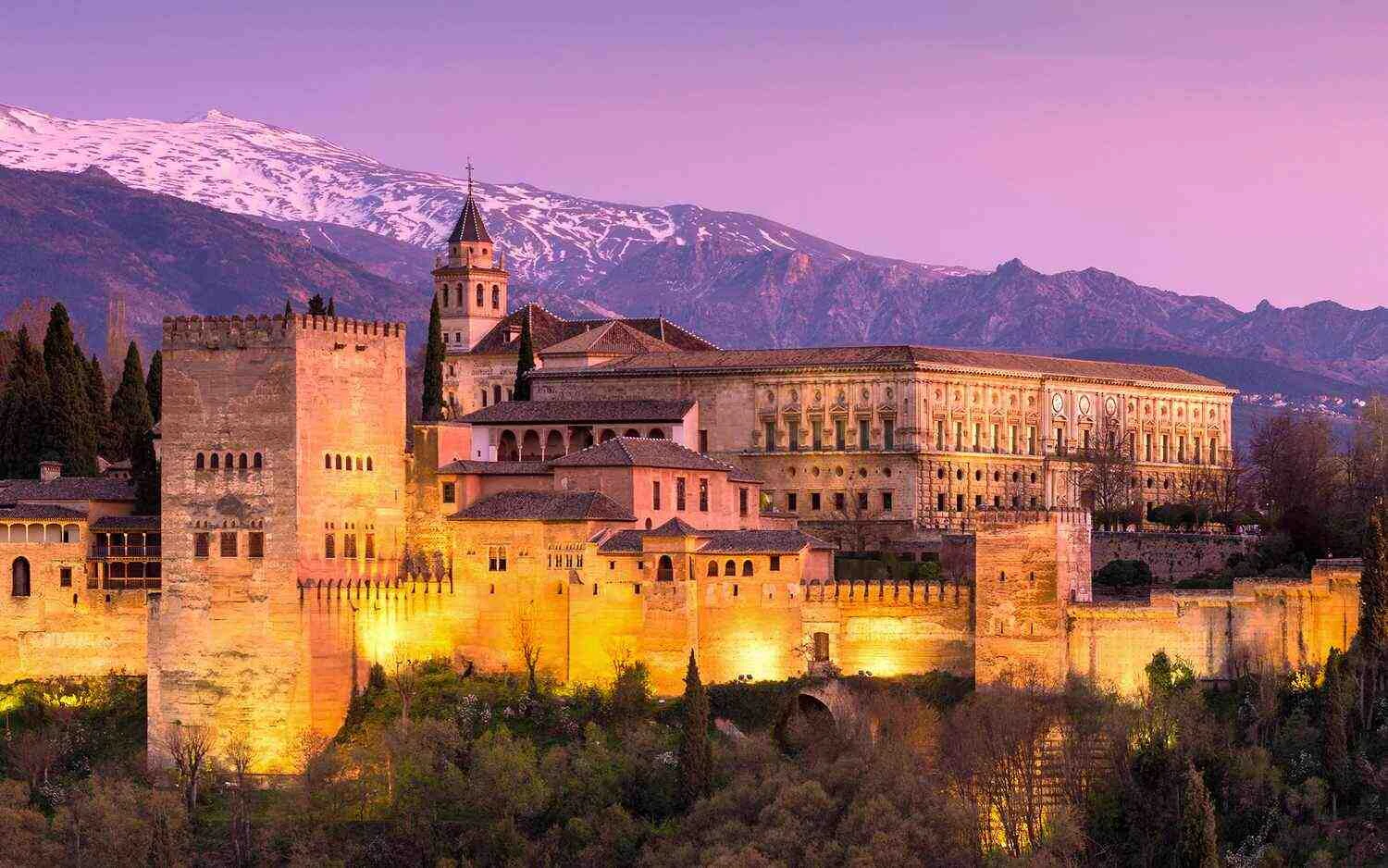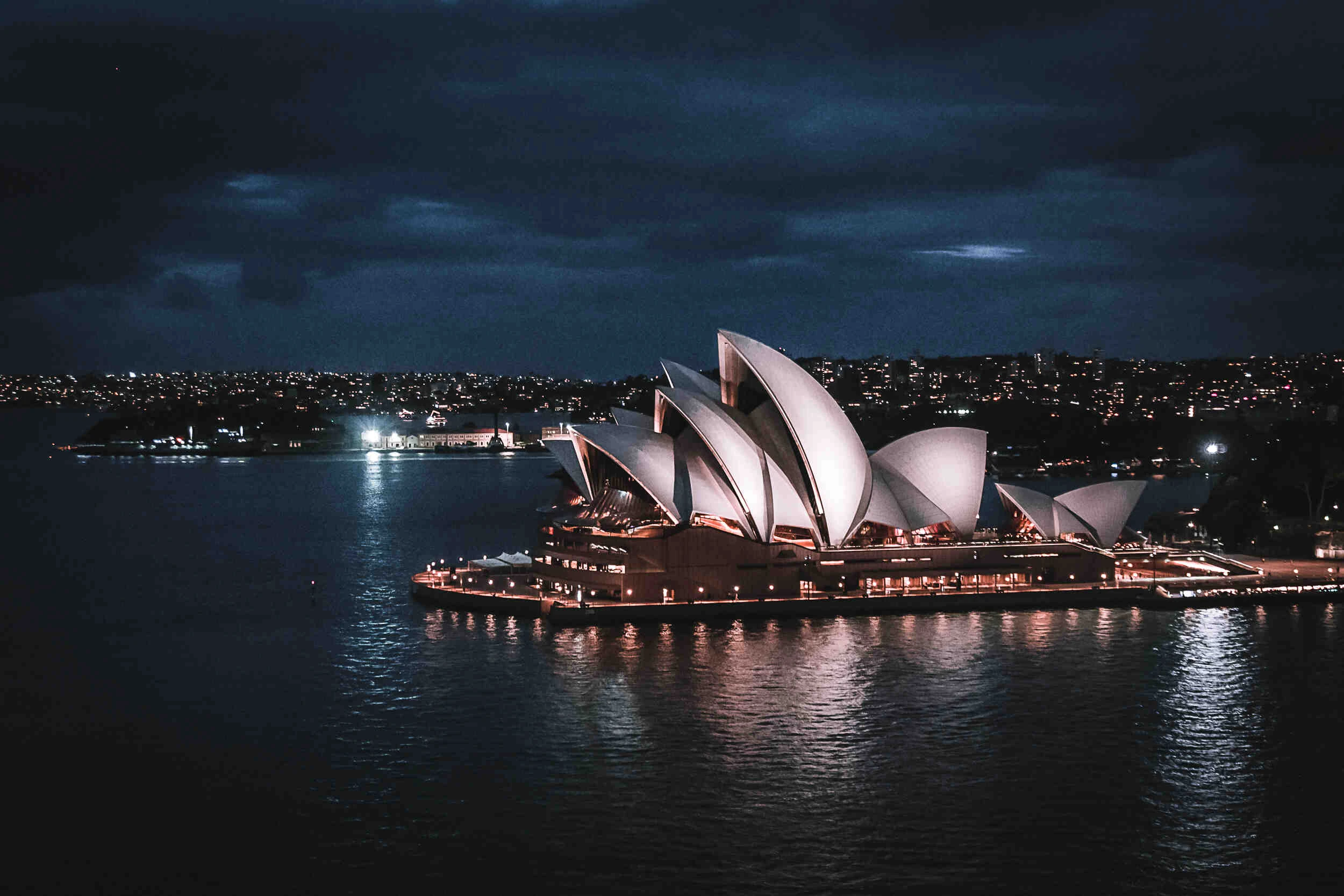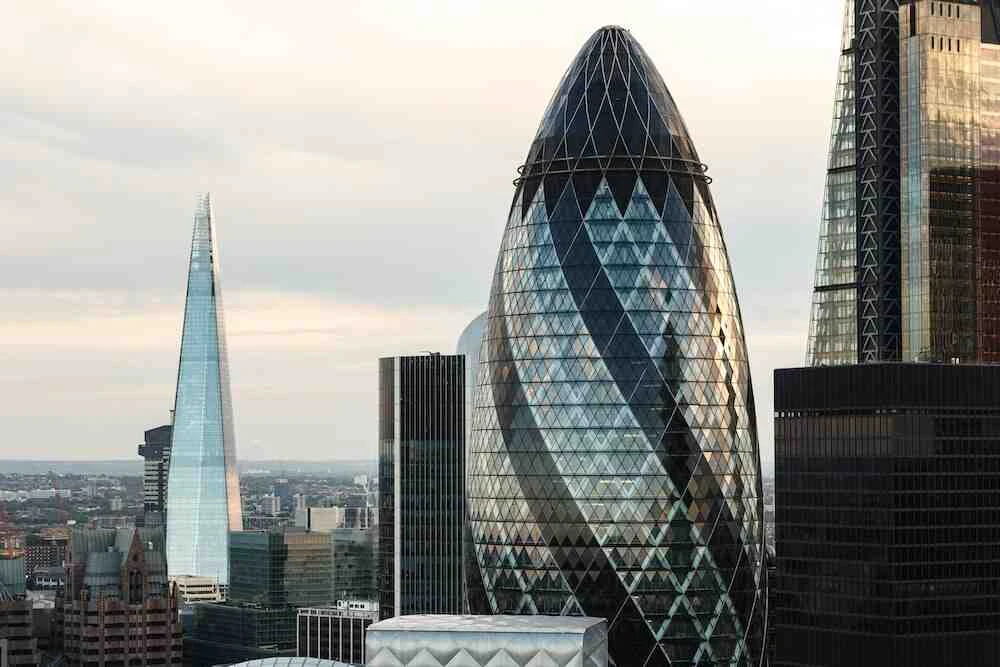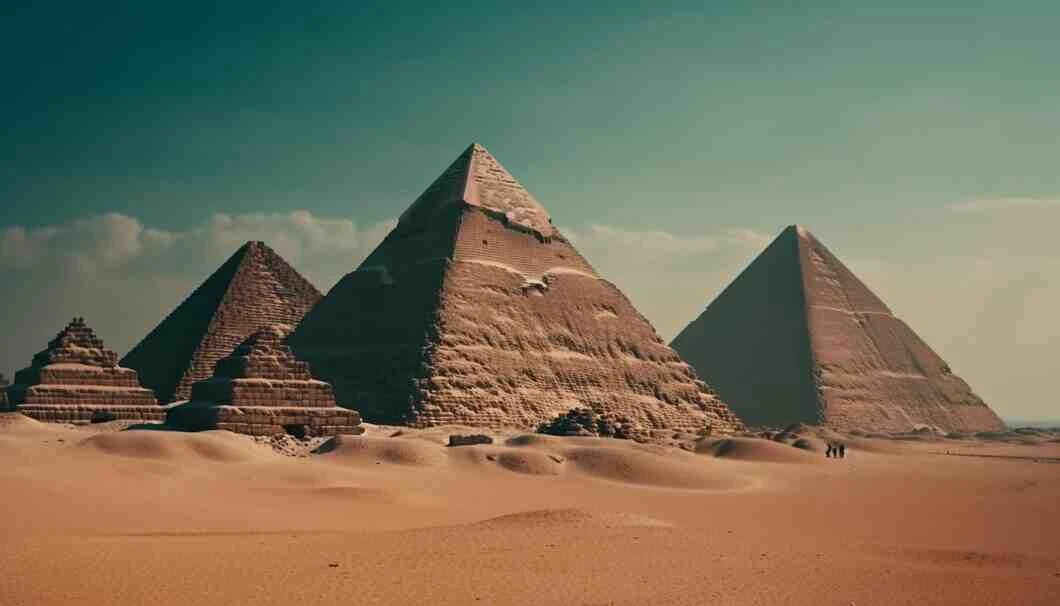
A Walk Through History: 12 Iconic Architectural Landmarks
- The Great Wall of China
Our journey begins in China, where the Great Wall stands as one of the world"s most recognized architectural marvels. Stretching over 13,000 miles, this fortification was built over centuries to protect against invasions from the north. Its construction began as early as the 7th century BC during the Warring States period. The Great Wall showcases remarkable engineering and strategic foresight, using a combination of stone, earth, wood, and other materials. Its significance extends beyond its physical presence, representing the collective effort and resilience of the Chinese people throughout history.
- The Pyramids of Giza
Venturing into Egypt, we encounter the Pyramids of Giza, a testament to the ancient Egyptians" mastery of architecture and engineering. Built over 4,500 years ago, the Great Pyramid, the Pyramid of Khafre, and the Pyramid of Menkaure remain awe-inspiring examples of precision and ingenuity. These structures served as tombs for pharaohs and have fascinated scholars and explorers for centuries. The Pyramids" grandeur and mathematical precision reflect the Egyptians" religious beliefs and their desire to preserve their rulers" eternal souls.
- The Parthenon
Our journey takes us to Athens, Greece, where the Parthenon stands atop the Acropolis. Built in the 5th century BC, this Doric temple is a masterpiece of classical Greek architecture. Dedicated to the goddess Athena, it features stunning columns, intricate friezes, and a harmonious design that embodies the principles of balance and proportion. The Parthenon symbolizes the birthplace of democracy, art, and Western civilization itself.
- The Colosseum
Traveling to Rome, Italy, we encounter the Colosseum, an iconic symbol of ancient Rome"s architectural prowess. Completed in 80 AD, this amphitheater could hold up to 80,000 spectators who gathered to witness gladiatorial combat, animal hunts, and other public spectacles. The Colosseum"s innovative design featured a complex system of corridors and elevators that allowed for efficient crowd management. This architectural marvel remains a symbol of Roman engineering and the grandeur of the Roman Empire.
- The Taj Mahal
Moving to India, we find the Taj Mahal, a sublime masterpiece of Mughal architecture. Built in the 17th century by Emperor Shah Jahan in memory of his beloved wife Mumtaz Mahal, this white marble mausoleum showcases the intricacy of Islamic design. Its symmetrical layout, minarets, and lush gardens create a serene and romantic atmosphere. The Taj Mahal is a symbol of love and devotion, recognized globally for its architectural beauty.
- The Eiffel Tower
Our journey then takes us to Paris, France, where the Eiffel Tower graces the skyline as a symbol of both the city and modern engineering. Designed by Gustave Eiffel for the 1889 Paris Exposition Universelle, it was initially met with mixed reactions but has since become an iconic landmark. Standing at 1,083 feet, this wrought-iron structure showcases the possibilities of iron construction and remains a testament to human innovation.
- The Sydney Opera House
In Sydney, Australia, we discover the Sydney Opera House, designed by Danish architect Jørn Utzon. Completed in 1973, its distinctive shell-like roof has made it one of the most recognizable modern architectural icons. The Sydney Opera House is renowned for its innovative design and acoustics, hosting a wide range of cultural events and performances. It stands as a symbol of Australia"s cultural identity and creative spirit.
- The Burj Khalifa
Our journey continues to Dubai, where the Burj Khalifa rises to the sky as the world"s tallest building. Designed by Adrian Smith of the architectural firm SOM, this skyscraper soars to a staggering height of 2,717 feet. Its sleek and modern design features a combination of glass, steel, and concrete. The Burj Khalifa symbolizes Dubai"s rapid transformation into a global metropolis and its ambition to push the boundaries of architectural achievement.
- The Statue of Liberty
Sailing across the Atlantic, we arrive in New York City to marvel at the Statue of Liberty. This iconic symbol of freedom was a gift from France to the United States in 1886 and designed by Frédéric Auguste Bartholdi. The statue stands at 151 feet, with a crown adorned with seven rays representing the seven continents. Lady Liberty holds a torch and a tablet inscribed with the date of the American Declaration of Independence. As a welcoming beacon to immigrants arriving in the New World, the Statue of Liberty embodies the ideals of liberty and democracy.
- The Sagrada Família
Our architectural journey takes us to Barcelona, Spain, where the Sagrada Família continues to captivate visitors with its awe-inspiring design. Designed by the renowned architect Antoni Gaudí, construction on this basilica began in 1882 and continues to this day. Gaudí"s unique blend of Gothic and Art Nouveau elements, along with his innovative structural designs, creates a building that appears both ancient and futuristic. The Sagrada Família stands as a symbol of Spain"s architectural heritage and Gaudí"s enduring artistic legacy.
- The Petra Treasury
In Jordan, we unearth the Petra Treasury, also known as Al-Khazneh. This architectural wonder is carved directly into rose-red cliffs and was constructed by the Nabateans in the 1st century AD. The Treasury"s intricate façade, adorned with columns and statues, served as a tomb for a Nabatean king. Its location in the ancient city of Petra, hidden in the desert canyons, adds to its enigmatic allure. The Petra Treasury is not only an architectural masterpiece but also a testament to the ingenuity of ancient civilizations.
- St. Basil"s Cathedral
Our final destination takes us to Moscow, Russia, where St. Basil"s Cathedral graces Red Square with its whimsical and colorful onion domes. Built in the 16th century by Ivan the Terrible, this cathedral is a marvel of Russian architecture. Its distinctive design features multiple chapels, each crowned with a unique domed roof. St. Basil"s Cathedral represents a fusion of Russian, Byzantine, and Tatar architectural styles and remains a symbol of Russia"s rich cultural heritage.
Conclusion
These 12 iconic architectural landmarks represent the pinnacle of human creativity, innovation, and cultural expression. From the ancient wonders of the Great Wall and the Pyramids of Giza to modern marvels like the Burj Khalifa and the Sydney Opera House, these structures have left an indelible mark on our collective consciousness. They remind us of our capacity to envision and create, serving as testaments to the enduring power of architecture to shape our world and inspire generations to come. As we walk through history, we honor these architectural landmarks for their beauty, ingenuity, and cultural significance.




